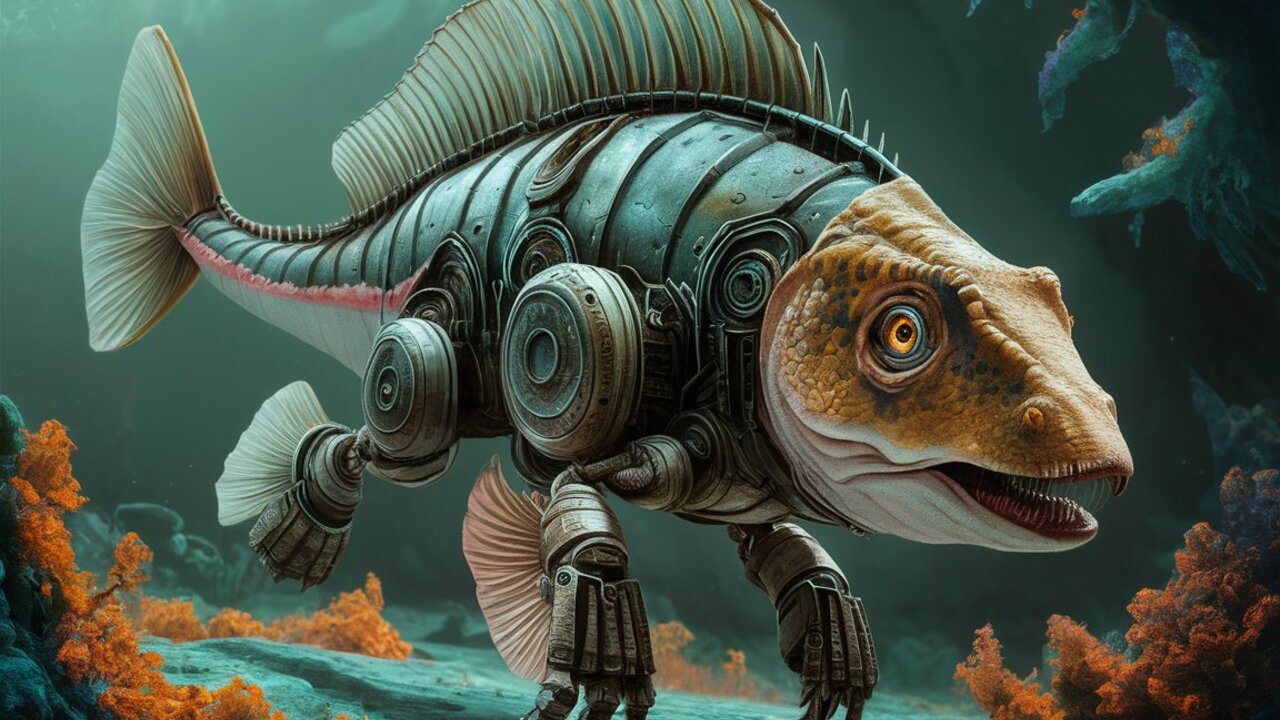The team, led by Michael Ishida, aims to investigate how the pectoral and pelvic fins turn into limbs that can support the weight of an animal. Fossil data is limited, so robots play an important role in filling knowledge gaps. Robots are reproducing ancient fish skeletons with mechanical joints that mimic muscles and ligaments, allowing researchers to test different theories of movement and energy consumption.
This approach combines paleontology and biomechanics, providing new insights into how early vertebrates moved on land.
Source: Ferra
I am a professional journalist and content creator with extensive experience writing for news websites. I currently work as an author at Gadget Onus, where I specialize in covering hot news topics. My written pieces have been published on some of the biggest media outlets around the world, including The Guardian and BBC News.













